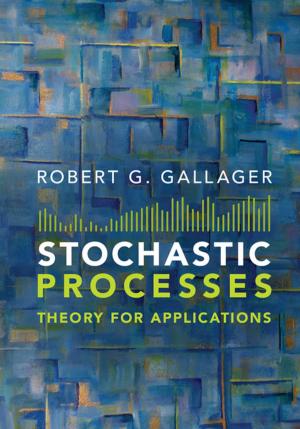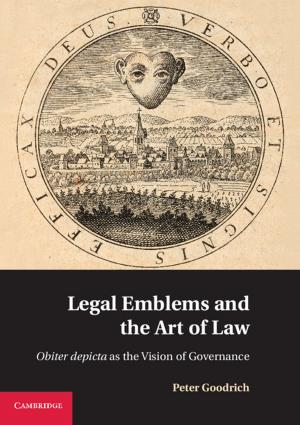Shakespeare's Double Plays
Dramatic Economy on the Early Modern Stage
Fiction & Literature, Literary Theory & Criticism, British, Nonfiction, Entertainment, Performing Arts| Author: | Brett Gamboa | ISBN: | 9781108278775 |
| Publisher: | Cambridge University Press | Publication: | March 31, 2018 |
| Imprint: | Cambridge University Press | Language: | English |
| Author: | Brett Gamboa |
| ISBN: | 9781108278775 |
| Publisher: | Cambridge University Press |
| Publication: | March 31, 2018 |
| Imprint: | Cambridge University Press |
| Language: | English |
Presenting the first comprehensive study of how Shakespeare designed his plays to suit his playing company, Brett Gamboa demonstrates how Shakespeare turned his limitations to creative advantage, and how doubling roles suited his unique sense of the dramatic. By attending closely to their dramaturgical structures, Gamboa analyses casting requirements for all the plays Shakespeare wrote for the company between 1594–1610, and describes how using the embedded casting patterns can enhance their thematic and theatrical potential. Drawing on historical records, dramatic theory and contemporary performance this innovative work questions received ideas about early modern staging and provides scholars and contemporary theatre practitioners with a valuable guide to understanding how casting can be exploited to facilitate audience engagement. Supported by an appendix of speculative doubling charts for plays, illustrations and online resources, this is a major contribution to the understanding of Shakespeare's dramatic craft.
Presenting the first comprehensive study of how Shakespeare designed his plays to suit his playing company, Brett Gamboa demonstrates how Shakespeare turned his limitations to creative advantage, and how doubling roles suited his unique sense of the dramatic. By attending closely to their dramaturgical structures, Gamboa analyses casting requirements for all the plays Shakespeare wrote for the company between 1594–1610, and describes how using the embedded casting patterns can enhance their thematic and theatrical potential. Drawing on historical records, dramatic theory and contemporary performance this innovative work questions received ideas about early modern staging and provides scholars and contemporary theatre practitioners with a valuable guide to understanding how casting can be exploited to facilitate audience engagement. Supported by an appendix of speculative doubling charts for plays, illustrations and online resources, this is a major contribution to the understanding of Shakespeare's dramatic craft.















